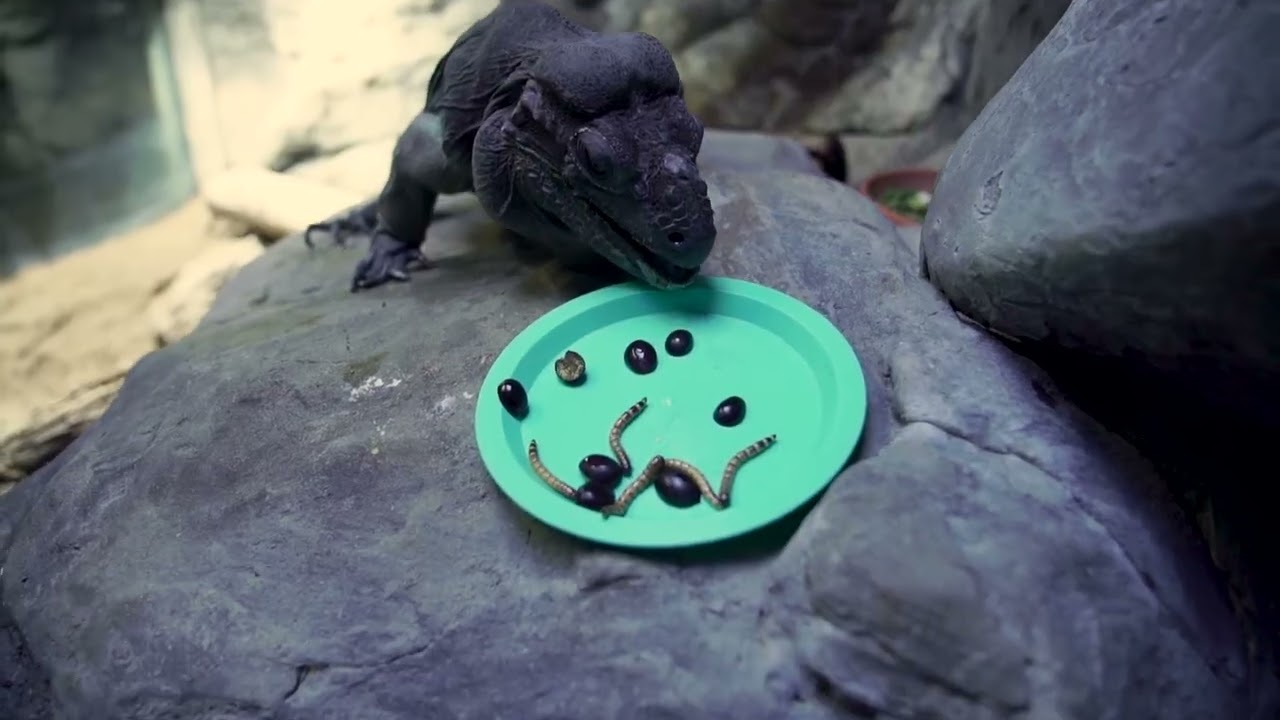- Biological Characteristics and Diversity of Reptiles
- Reptile Behavior and Adaptations
- Importance of Habitat Conservation
- Role of Reptiles in the Ecosystem
- Reptile Conservation Strategies and Challenges
Reptiles are a fascinating group of cold-blooded vertebrates that have thrived on Earth for hundreds of millions of years. Their resilience and adaptability are reflected in the wide range of habitats they occupy, from tropical rainforests to arid deserts. There are over 10,000 species of reptiles, including snakes, lizards, turtles, and crocodilians, each with unique characteristics and ecological roles. This article examines their biological features, their behavior and adaptations, and discusses the critical need for their habitat conservation. It also explores the vital ecological roles reptiles play and the strategies necessary for preserving these creatures amidst growing environmental threats.
Reptiles belong to the class Reptilia and exhibit a variety of biological characteristics that distinguish them from other vertebrates. They have scaly skin, which protects them from physical damage and reduces water loss in arid environments. This is particularly important for land-dwelling reptiles, as their skin enables them to survive in habitats with limited water availability. Unlike amphibians, reptiles lay amniotic eggs, which are adapted to terrestrial life. The amniotic egg has a protective shell and several membranes that provide nourishment and remove waste products, allowing for successful reproduction on land.
Reptilian diversity is immense, and their widespread distribution speaks to their adaptability. Among the most diverse groups are lizards, a category that includes species ranging from tiny geckos to formidable monitors. Snakes, characterized by their elongated, legless form, have also evolved to fit numerous ecological niches, from burrowing terrestrial habitats to marine environments. Turtles, with their distinctive hard shells, are found in both aquatic and terrestrial ecosystems. Crocodilians, which include crocodiles, alligators, and caimans, are largely aquatic but must bask on land to regulate their body temperature.
Reptile behavior and adaptations are driven by their need to survive in varied and often harsh environments. As ectotherms, or cold-blooded animals, reptiles depend on external heat sources to regulate their body temperature. This is achieved through behaviors such as basking in sunlight or seeking shade to prevent overheating. In cooler climates, reptiles may undergo brumation, a state similar to hibernation, to conserve energy during periods of cold temperatures.
Of particular interest is the diverse array of adaptations that have evolved to aid in predation and defense. Snakes, for example, use a combination of keen senses and various hunting strategies, including constriction and venom, to subdue prey. Venomous species rely on specialized toxin delivery systems, often used for both hunting and self-defense. Meanwhile, non-venomous snakes may employ camouflage or mimicry to evade predators.
Lizards exhibit perhaps the most remarkable range of adaptations, such as the ability to autonomously break off their tails to escape predators – a process known as autotomy. Chameleons possess adaptive color-changing abilities, which serve both protective and social functions. Additionally, many reptiles have specialized scales or horns that provide physical protection or aid in thermoregulation.
Habitat conservation is critical for reptile survival, as many species face significant threats from habitat destruction, pollution, and climate change. Reptiles often occupy specific ecological niches and are highly sensitive to environmental changes. Deforestation, wetland drainage, and urban expansion reduce available habitats, impacting reptile populations worldwide. Furthermore, pollution, including pesticides and plastics, can have detrimental effects on reptiles, often entering their food chain and causing health issues.
Reptiles are crucial to ecosystems, occupying various trophic levels and acting as both predators and prey. They help maintain healthy ecological balances by controlling pest populations such as rodents and insects. For example, snakes are essential in curbing rodent numbers in agricultural settings, indirectly benefiting human food resources. Additionally, reptiles serve as prey for larger animals, linking various levels of the food web and supporting biodiversity.
Beyond immediate ecological roles, reptiles influence nutrient cycling and soil composition. For instance, turtles in aquatic ecosystems aid in nutrient distribution through their foraging behavior. Crocodilians contribute to ecosystem engineering by creating and maintaining waterways, benefiting a variety of other species.
Reptile conservation strategies are vital to prevent the extinction of these important animals. Efforts include habitat protection and restoration, legal regulations to prevent poaching and overexploitation, and public education to reduce human-wildlife conflict. Strict enforcement of laws against illegal wildlife trade is necessary to protect endangered species, such as certain rare tortoises and turtles highly prized in black markets.
In-situ conservation, which involves protecting reptiles within their natural habitats, is a core element of contemporary conservation efforts. This includes the establishment of protected areas and national parks that provide safe havens for reptile species. These initiatives are complemented by ex-situ conservation methods, such as captive breeding programs, managed by zoos and wildlife centers. These programs aim to bolster populations of endangered species and later reintroduce healthy individuals into the wild.
Challenges to reptile conservation include limited funding, the public’s lack of awareness, and the complex needs of diverse species. Community-based conservation programs are proving effective in regions where local engagement in habitat protection can lead to sustainable outcomes. Educating communities about the ecological importance of reptiles and involving them in conservation plans increases the likelihood of success.
In summary, reptiles are a vital part of global biodiversity, possessing a rich array of biological traits and adaptations that have allowed them to flourish across diverse environments. Their roles within ecosystems underscore the need for dedicated conservation efforts. With proper habitat management, legal protection, and community involvement, it is possible to secure a future for these remarkable creatures, ensuring they continue to thrive alongside humans amidst the challenges of the modern world.
*****
Source Description
Our Grand Cayman iguana, Rex, and our rhinoceros iguana, Fido, enjoy some crickets and worms named after some of your exes!
M-R names are displayed at the end. Please note that overly specific names, vulgarity, or anything


